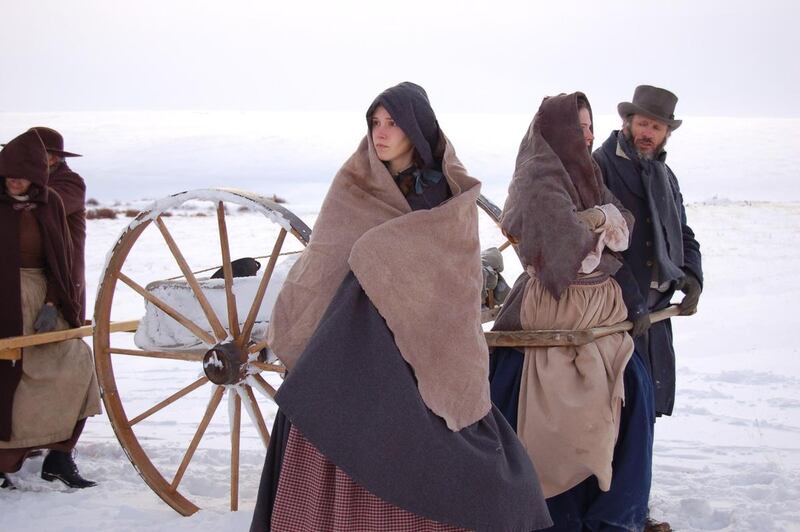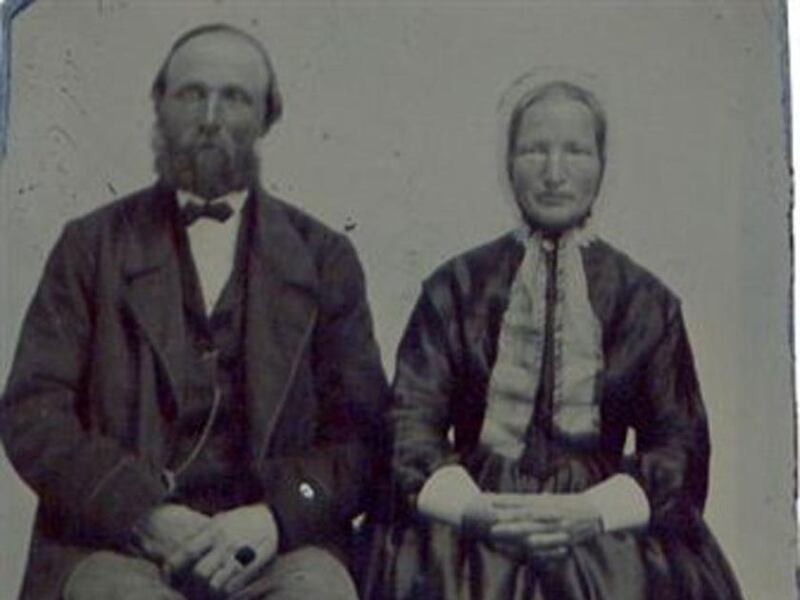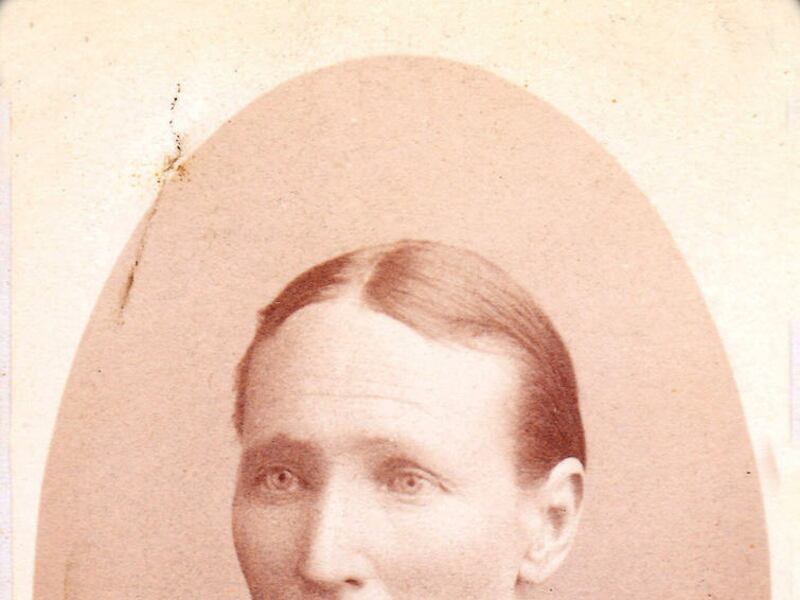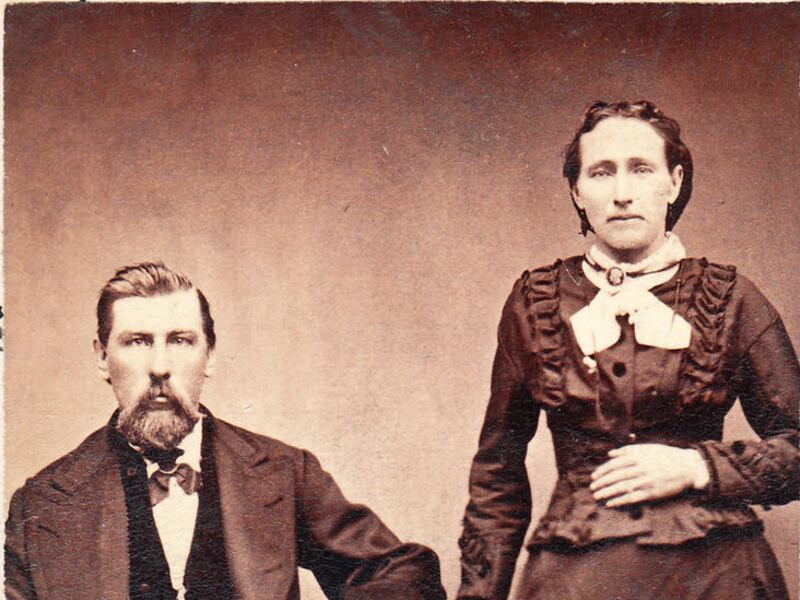Writing a book about an ancestor has never been easier. Technology has made it simple to self-publish even if you only want copies for family members. I'm going to be discussing this topic in several upcoming columns, so be prepared for more specific instruction as we go along.
Obviously, the first step is to decide to immortalize your ancestor in print. But taking pen in hand (so to speak) is just the beginning. All of a sudden, you'll find there are 500 ways to write a book, from simply following a factual chronology to starting with the most dramatic event in the individual's life and building around it. You could take a stab at first person, giving the individual the chance to tell the story, but be forewarned there can be problems with that. Think it over before writing the first word.
I like the approach taken by my friend and fellow Centerville resident Mike Ericksen, who combined a history of his great-great-grandmother Ane Marie Madsen Ericksen with a parallel story about what the modern-day Ericksens went through to patch together Ane Marie's story.
Mike's book, "Upon Destiny's Song," is a combination of dramatic pioneer history and the challenges of living and rearing children in today's world, when moral compasses seem seriously out of kilter. The juxtaposition makes an interesting link between generations. Mike called on Sage Steadman, an experienced writer, to cooperate in writing the story. Interestingly, when the story was complete, Sage learned that some of the people she wrote about were members of her own family.
The modern-day Ericksen family learned, via a TV presentation during a general conference break, that Ole Madsen and his wife, Ane Jensen Madsen, were among the members of The Church of Jesus Christ of Latter-day Saints who suffered through the crucible of the Martin and Willie handcart companies in 1856. Recognizing the Madsens as their great-great-great-grandparents, they began their own odyssey to gather every fact they could.
In his book, Mike focused on Ane Marie, who was just 10 when her family crossed the plains headed for their long-desired Zion. The Willie and Martin companies left Iowa City too late in the season and encountered unseasonable and unusually severe early winter storms in Wyoming. The wrenching stories of those who died and those who survived among these handcart heroes have become the epitome of Mormon pioneer lore.
Ole did not survive. After carrying his wife, a son and three daughters across icy Rock Creek on Oct. 23, 1856, he went to bed wet, cold, exhausted and starving. During the night, Ane held him and tried to share what body heat she could, but in the wee hours, she knew he had gone. His last words to her, uttered in their native Danish, were "Jeg er altid her" ("I am always here"). But he was not. As he was hastily buried in a common grave with a dozen others who had succumbed in the nightmare that was Rocky Ridge, Ane was left with her four children. (An older daughter, Karen, had refused, at the last minute, to leave Denmark. The last time they saw her, she was waving from the Copenhagen dock.)
Rescuers sent from the Salt Lake Valley by President Brigham Young finally brought the Martin and Willie survivors into the settlement. Ane and her two younger children, including Ane Marie, were quickly sent to the Sanpete area, where converts of Scandinavian extraction were settling. The older girls, Johanna and Kristina, stayed for a time in Salt Lake City, then, desperate to be reunited with their mother, undertook the trip to Fort Ephraim on their own. The family became part of Sanpete Valley's history.
Eventually, Ane Marie married Hans Peter Ericksen. For some time, they lived in Nebraska Territory, where Hans successfully involved himself in railroad construction. Over time, she bore 10 children, of whom only two lived to adulthood. In an outbreak of diphtheria in Nebraska, they lost three sons in just two days. The devastation speeded their return to Utah.
Mike added a personal touch to his recollection of his great-great-grandmother. A musician, composer and sometime performer, part of a group called Cedar Breaks that has won some prestigious awards in the New Age Folk genre, he wrote songs to add to his pioneer tale. A disc is part of the book.
For Ane Marie's story, it would take a book to tell all of it. Not every ancestor's story will work this way, but it's good to learn from the example of the Ericksens and others. The important thing, as we'll discuss in an upcoming column, is that a biography, once written, must be preserved and shared. The LDS Church has ways to help do that.
Twila Van Leer is a former Deseret News editor and staff writer who serves as a family history missionary.




